What is low-level laser therapy?
 Home
Home- Laser Therapy
- What is low-level laser therapy?
What is VCSEL laser?
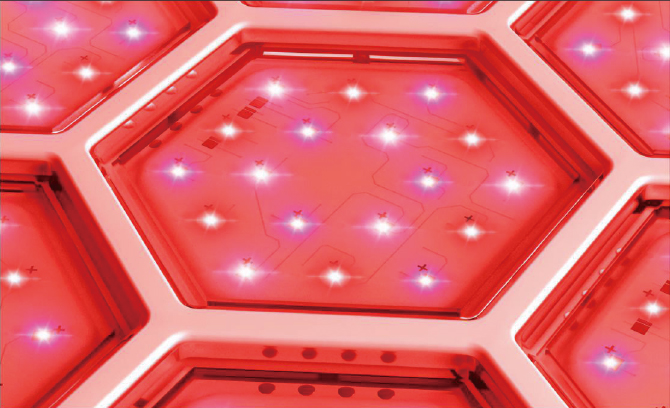
VCSEL laser stands for vertical cavity surface emitting laser. This is a type of semiconductor laser that emits a laser beam perpendicular to its top surface. The laser's small size is highly beneficial for miniaturizing the product. Furthermore, it offers improved straightness compared to traditional side-emitting lasers. This increased straightness enables it to reach the deeper layers of the skin and activate cells with greater efficiency. With low operating current characteristics, they are stable over a wide temperature range and have a longer lifetime than conventional lasers.
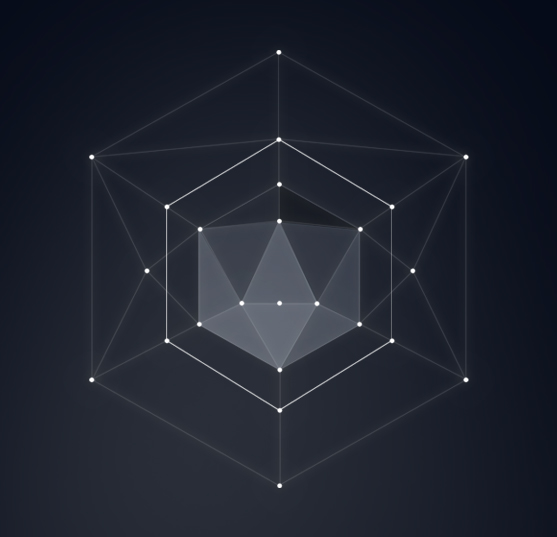
Hexagonal Shape
The PainQ hexagonal module is made up of a powerful laser light source that concentrates on the affected area, promoting rapid healing through a bio-promoting effect. (Patent registered)
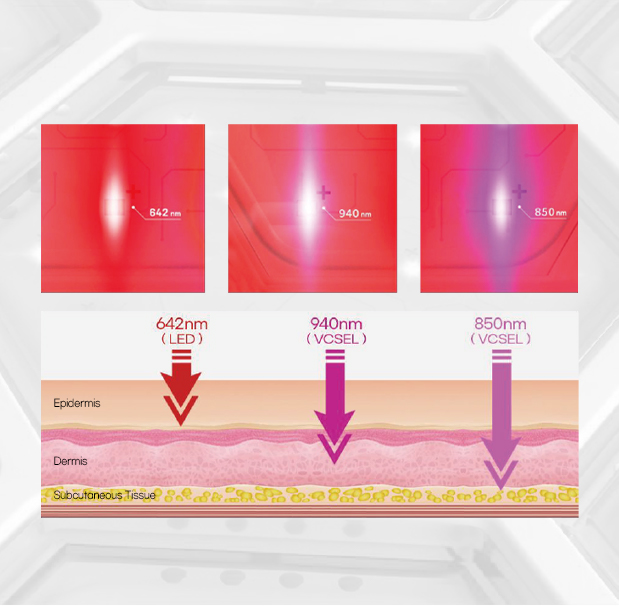
Multi-wavelength laser
A total of 126 light sources consisted of three wavelengths: 940nm (42), 850nm (42), and 642nm (42 visible light). The penetration characteristics of light energy, determined by its wavelength, can be used to deliver light energy evenly to the painful area. The wavelengths of 940nm and 850nm are only included for demonstration and cannot be perceived by the human eye as they fall outside the visible light spectrum.
What is low-level laser
High-level lasers, with a laser power of 3,000 mW or greater, are utilized in surgical equipment due to their high absorption rate by water in cells and ability to generate heat, ultimately leading to evaporation of water and potential burning of cells or tissues. Low-level lasers (500mW or less) can penetrate the surface of the skin without causing damage as they do not produce heat, but rather deliver only light energy into the body. It is called "LLLT," "cold laser," and "photobiomodulation" because of its lack of side effects.

Therapeutic mechanisms of low-level laser
(LLLT:Low Level Laser Therapy)
Once the laser light is absorbed by the cells in the body, they convert the light energy into chemical energy to facilitate the repair of cellular damage and healing of the affected area, leading to the relief of pain. This process is commonly referred to as biorevitalization. When light energy is absorbed by the skin, it can generate ATP, ROS, and NO through the enzyme cytochrome c oxidase. This step is crucial in the respiratory chain of mitochondria in tissue cells and plays a vital role in increasing cell proliferation and migration, regulating cytokine levels, growth factors, and inflammatory mediators, as well as improving tissue oxygenation.
As a result of these biochemical and cellular changes, there is an enhanced ability to heal chronic wounds, better therapy for sports injuries and carpal tunnel syndrome, less pain for arthritis and neurological diseases, and recovery from heart attacks, strokes, nerve damage, and retinal toxicity.
The following, in particular, have a significant impact on the outcome of laser therapy. The parameters that influence therapy include wavelength of laser, irradiation dose, power density, operation of laser devices, pulse frequency, depth of penetration, treatment methodology, the total number of treatments, and frequency of treatments.
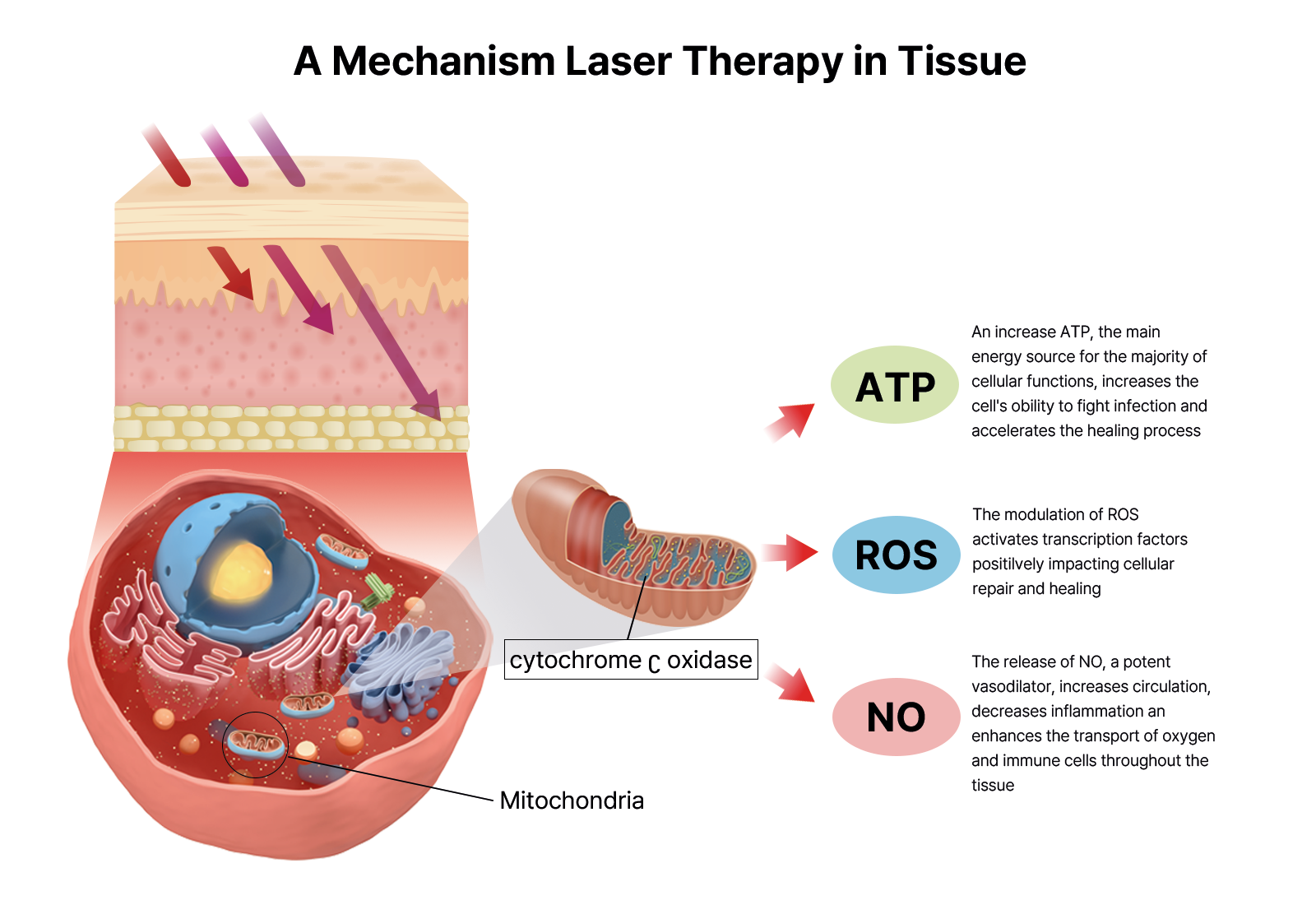
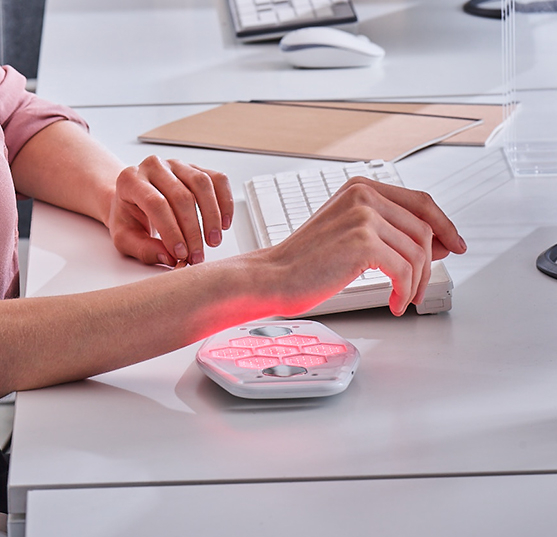
Therapeutic effects of low-level lasers
Humans have been utilizing light therapy for an extended period.
Niels Ryberg Finsen was awarded the Nobel Prize in 1903 for his pioneering efforts in modern phototherapy, which involves using light to treat diseases.
In 1967, Professor Endre Mester of Semmelweis University in Budapest, Hungary, wanted to test the possibility of laser radiation causing cancer in mice. In order to carry out the experiment, he shaved their backs, split them into two groups, and subjected one group to a low-level Ruby laser treatment at 694 nm.
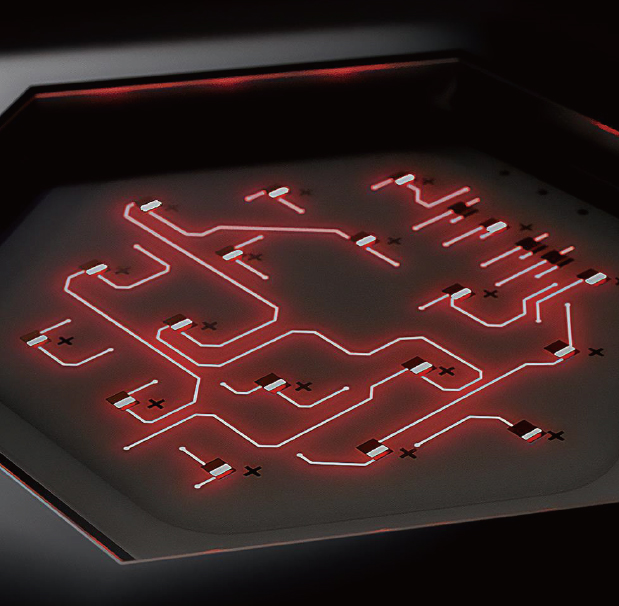
Surprisingly, the fur of the mice in the treated group grew faster than the untreated group, and they did not develop cancer.
This was the inaugural demonstration of "laser biosimulation." In 1971, Prof. Mester published his first paper demonstrating the effectiveness of laser light in wound healing.
Since then, the effectiveness of low-level light therapy has been validated by numerous clinical and research studies.
Typical biopromoting effects of LLLT are anti-inflammation effect, immunosuppressive effect, vasodilatation, improved blood circulation, analgesic effect, anti-adenoma effect, and wound healing effect. A typical application is direct laser irradiation of blood vessels (Low Level Laser blood irradiation, LBI).

One of the earliest uses of LLLT is demonstrated by this LBI, which has been proven to possess biopromoting properties, including anti-inflammatory effects, immune system activation, protection of blood vessels, increased microcirculation of blood for tissue nourishment, and regeneration and repair mechanism activation.
Low-level lasers are currently being utilized therapeutically in various clinical settings, including the treatment of rheumatoid arthritis, wound healing, postherpetic neuralgia, damaged nerve repair, recurrent herpes simplex infections, and vitiligo.
Therefore, low-level lasers have been found to offer several clinical benefits, such as anti-inflammatory, immunostimulatory, neurodevelopmental, analgesic, desensitizing, sterilizing, anti-edematous, and circulatory effects.
The effectiveness of laser therapy is influenced by various factors such as laser wavelength, irradiation dose, power density, operation of the laser device, pulse frequency, penetration depth, treatment methodology, total number of treatments, and frequency of treatments.


